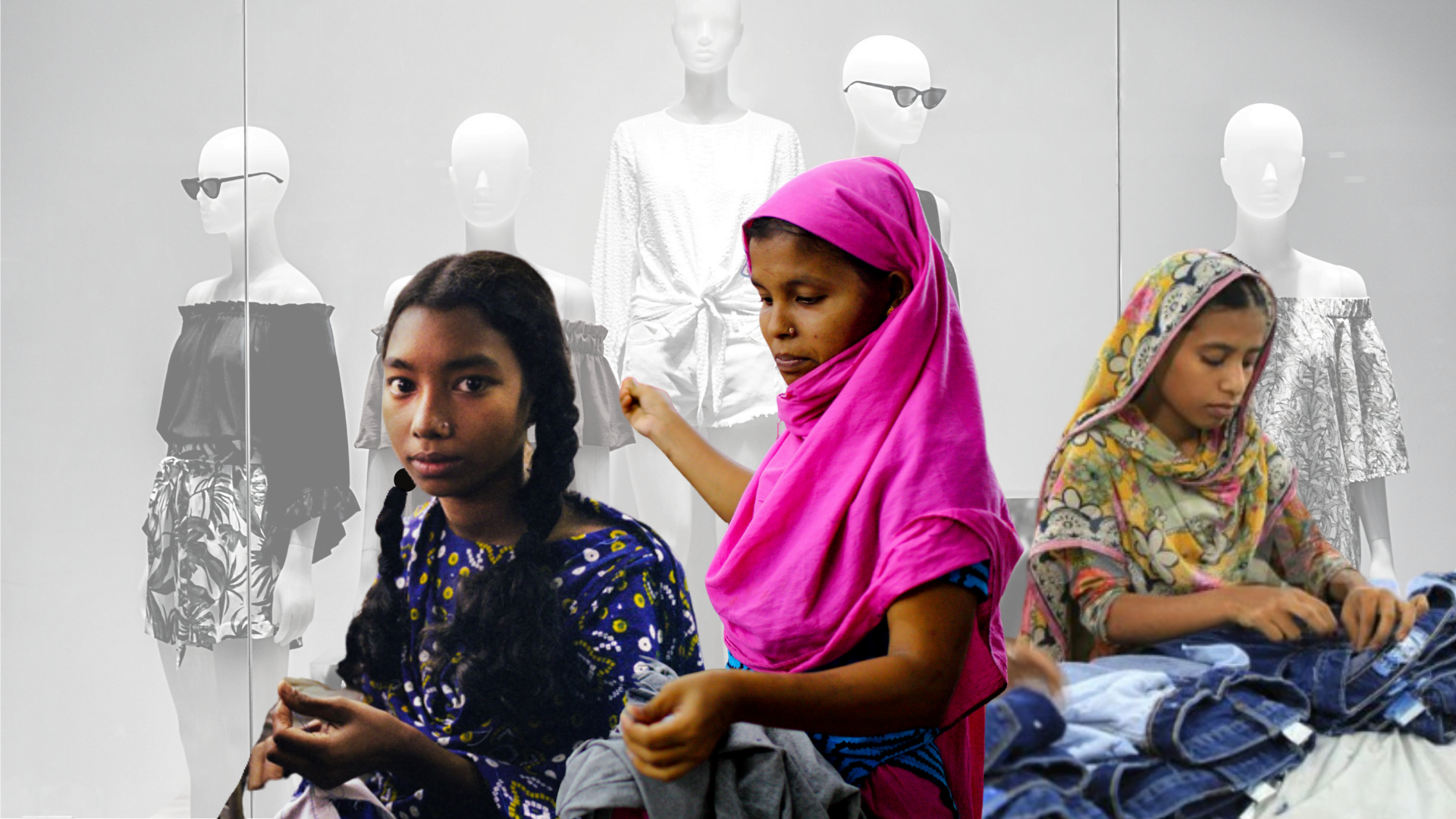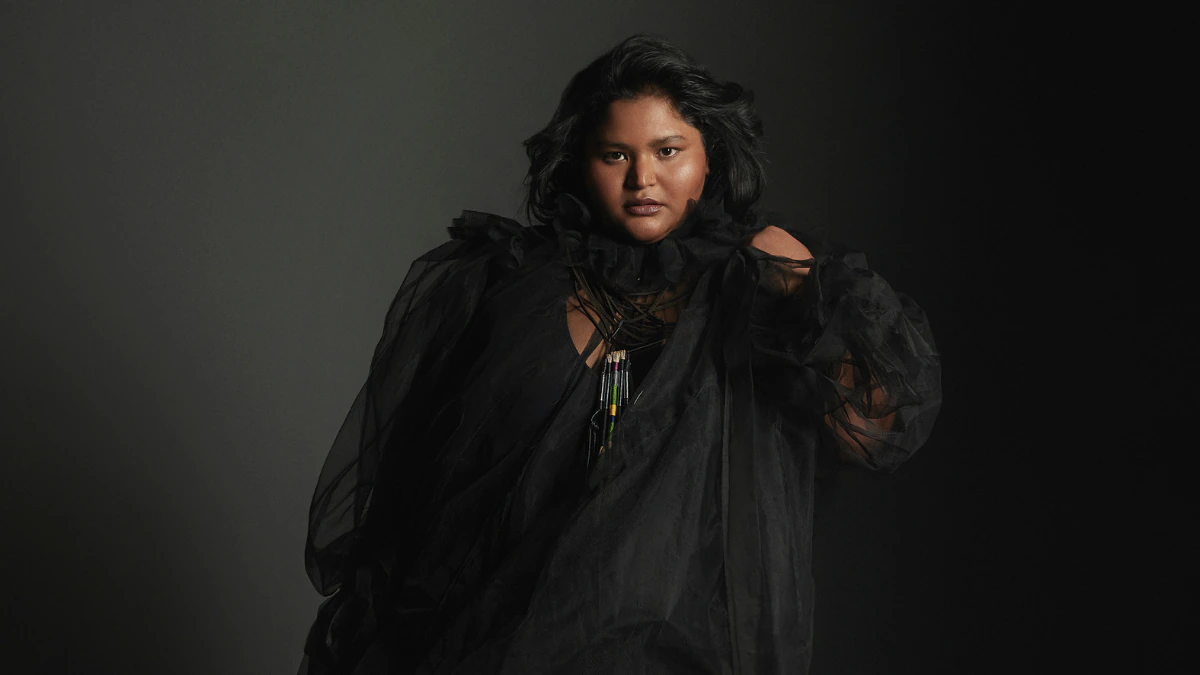Ever wondered how come clothes are so cheap nowadays and you can get a great ‘steal’ in just a few hundred bucks? Or how come fashion trends change every quarter? Well, welcome to the world of fast fashion, where clothes are made to be cheaper, low quality and discarded easily so as to match the ever-changing trend cycles. In short, fast fashion is designed to be replaced quickly.
Fast fashion is mostly dominated by fashion shows, high street fashion and e-commerce stores and makes you believe that you can own cool, celebrity-like clothing with little money and still stay on top of the trend charts. But everything has a price. This price is mostly paid by garment workers who are primarily women, impacts the mental health of its consumers (who are mostly young people) and the environment.
“If a top costs you INR 500, then imagine how much does the retailer take away from it and what’s left for the farmer, the person who stitched it, and others in the supply chain?” asks Aanchal Bansal, CEO and Creative Director of Redo World, a sustainable fashion label. “Fast fashion is inherently exploitative and it’s time we acknowledge who is actually paying for it.”
What does it do?
Women from developing countries account for almost 85% of the workforce of the garment industry. They work under hazardous health conditions, earn low wages for long hours, face sexual harassment and have even died, as the 2013 Rana Plaza incident in Bangladesh gave a reality check to the global fashion industry.
According to Hesperian Health Guides, such inhumane and dangerous working conditions also have a detrimental impact on women’s reproductive and maternal health, including miscarriages, menstrual problems, fetal harm and anemia, reproductive organ damage, and birth defects. For example, in India a Thomson Reuters Foundation’s investigation found that women textile factory workers in Chennai were illegally given a pill to help with their menstrual pain. The reporters found out that all of those who received these pills had poor health outcomes. “Half my salary (6,000 rupees) would go in paying off the loan and a big amount on my trips to the doctor,” Sudha said to Reuters. “It became a cycle I was not able to break. And even though my health became worse, I needed to keep working to pay the bills.”
Also read: The Dark Side Of Fast Fashion Your Favourite Brands Are Hiding
Fast fashion is basically a product of consumerism and capitalism and feeds on people’s desire to spend on unnecessary clothing. “You don’t actually need it, but you’re compelled to buy,” says Amena Azeez, a body positive influencer and blogger. It creates a need in people’s mind by selling the idea of ‘Don’t repeat’ in covert ways. Young people look at fashion magazines and shows and what those models are wearing and they want it. They of course cannot afford the high street fashion and hence end up repeatedly buying the watered down versions.
Increasing anxieties, body image issues and expensive lifestyles cause huge mental health issues for young people. “Young adults of Gen-Z have become highly obsessed with fashion. Not that there’s anything wrong with it but fast fashion brands also promote a certain body type and a certain lifestyle. Nothing is ever enough,” says Afreen Akhtar, a poet, storyteller and founder of Ismat store, an online thrift store.
The pressure to keep up with fashion trends, to own that cute designer dress that Deepika Padukone wore last and outdo your peers can cause depressive episodes and make one feel inept at ‘keeping up’. “I have seen girls standing for hours on sale days in Forever 21, Zara, H&M. There comes a point when it’s not funny, hilarious or cool. It is affecting them and they are unaware,” says Afreen.
Not just women workers and young people, fast fashion is a disaster for our environment too. According to a UN Environment Program study, the clothing industry produces 20% of the world’s wastewater and 10% of global carbon emissions – more than all international flights and maritime shipping combined. Textile dyeing is the second largest polluter of water globally and it takes around 7571 litres of water to make a typical pair of jeans. Even, washing clothes also releases half a million tonnes of microfibres into the ocean every year.
So, what can we do?
“Invest, invest, invest,” says Amena. “Invest in pieces that you will wear repeatedly and are easy to layer, style and mix ‘n’ match.” If you’re buying a pair of jeans, invest in something that is made from natural and organic fabrics which will last you longer, instead of something which is heavily blended and will not even last ten washes. Alternatively, you can also look at stitching your own clothes which automatically reduces wastage and are home-styled.
Secondly, if people are made aware of the detrimental effects of fast fashion on humans and the environment, it can help them in taking a small step towards change. Reusing, repurposing old clothes, thrifting, and exchanging are just some of the many options.
“Authentic thrift shops, renting, borrowing, vintage stores seem like the way to go ahead. It will help people find one of a kind products without contributing to the wastage,” says Rupa A Kudwalli, co-founder of The Thrift Shop, an online thrift shop based out of Bangalore.
Also read: The Ugly Truths Of Fast Fashion And My Journey With Ecofeminism
In recent years, India has also seen a rise in online thrift stores. Although vintage and thrift stores are a rage in the West, in India the trend is slowly picking up and young people are leading the way. These stores are selling everything from sarees, western wear, formals to shoes, jewellery and handbags. Stores like the Ismat store, The Thrift Shop, The Salvage Story, Collections Reloved are just a few to name.
It is the need of the hour for brands to promote slow fashion. A more human-based approach will help them connect with their customers and understand their needs better. Brands should stop promoting the culture of accumulating more stuff and instead must focus on local and ethical consumption. Consumers want brands to be open about their sourcing, pricing, fair trade and how their products impact the environment. As Rupa says, “Transparency is the key. Regulatory bodies must mandate independent audits on ethical practices.”
Secondly, slow fashion must also be body positive. “Start including all sizes“, asserts Amena. As long as you keep some people out of your reach, they will turn to fast fashion. Fast fashion’s boon happened because it was size inclusive. If brands want to change the way people consume fashion, they need to have a complete mindset change and promote all kinds of bodies.
Young people today are waking up and responding to the new wave of sustainable and slow fashion. Brands must catch up or risk being irrelevant.
This article was previously published here.
About the author(s)
Japleen smashes the patriarchy for a living! She is the founder-CEO of Feminism in India, an award-winning digital, bilingual, intersectional feminist media platform. She is also an Acumen Fellow, a TEDx speaker and a UN World Summit Young Innovator. Japleen likes to garden, travel, swim and cycle.




